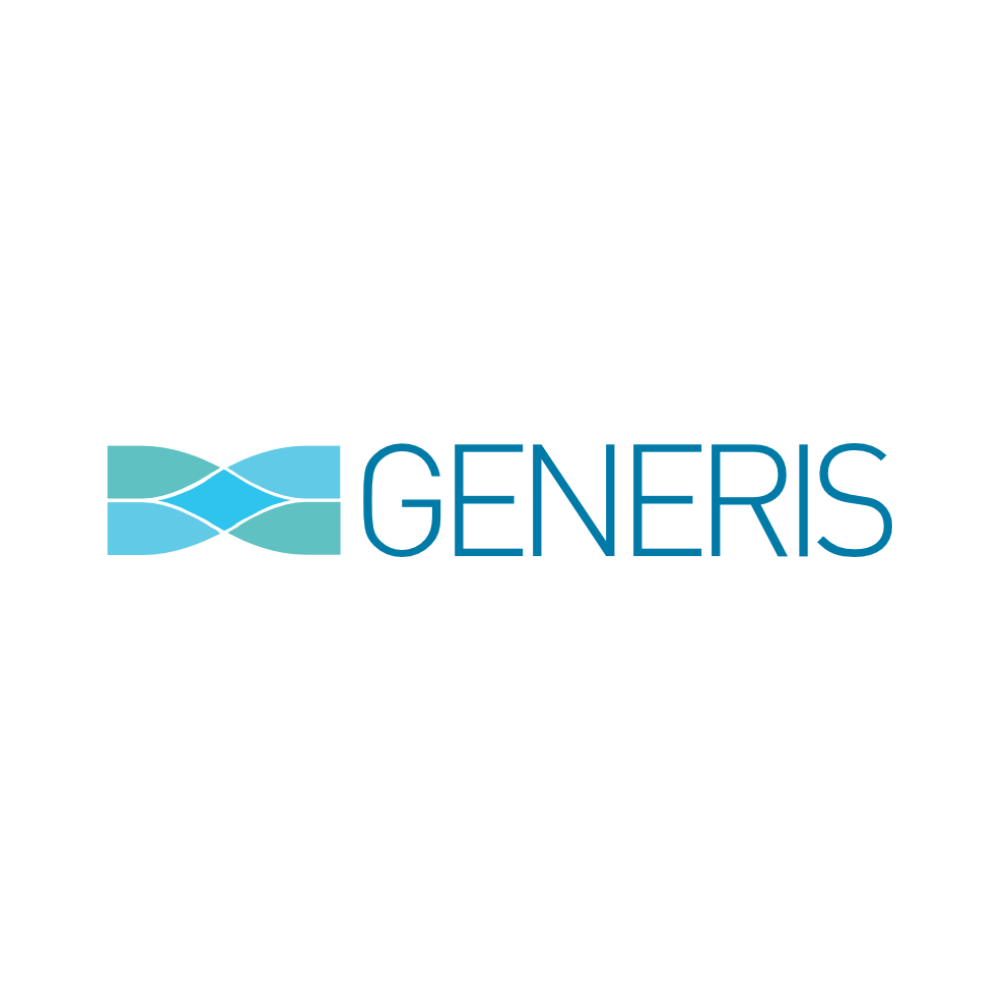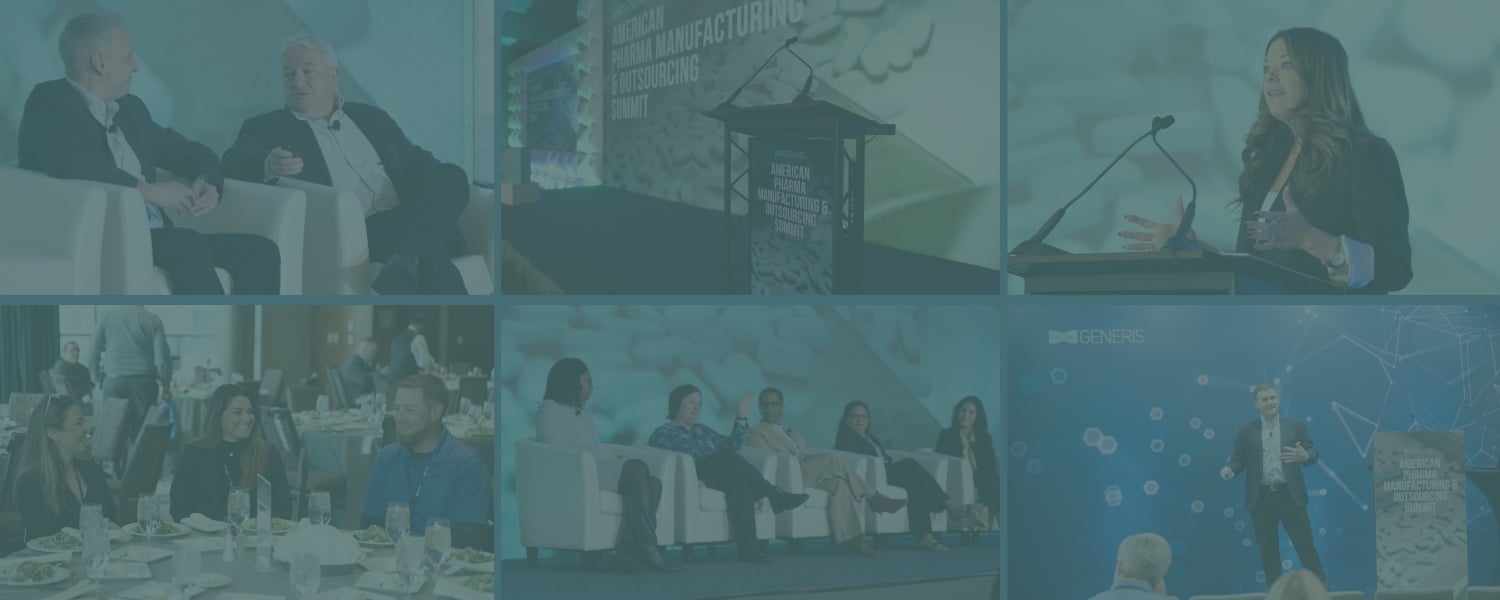Brian Lawrence, Chief Technology Officer and Senior Vice President at Vapotherm, recently delivered an impactful presentation at the 11th annual American Medical Device Summit, held in early October.
Brian led a successful session titled "Chartering the Future: Navigating the Evolving Digital Landscape in Medical Device Innovation" where he highlighted the transformative role of digital technologies in shaping the future of medical devices.
In this Speaker Spotlight, Brian offers valuable insights into his role at Vapotherm, explores key themes from his recent session at the Summit, discusses his professional passions, and provides advice on harnessing the potential of data analytics in the workplace.
Can you kindly introduce yourself and your main responsibilities as the CTO & SVP at Vapotherm?
My name is Brian Lawrence, and I'm Chief Technology Officer and Senior Vice President at Vapotherm. I've been with Vapotherm for over two and a half years.
I joined Vapotherm because it was a fascinating opportunity at the intersection of technologies that are life-changing from a therapeutic standpoint, as well as an opportunity to build incredible digital capabiities. Vapotherm is a respected and trusted partner in hospitals today. We occupy some valuable real estate next to the patient, providing life-saving therapy for patients in respiratory distress.
The opportunity I had at Vapotherm was to leverage being right next to the patient, at the point of care, capturing as much information and data as possible, and then leveraging it to change patient outcomes and improve their quality of life.
The position has been interesting because not only am I responsible for innovation and R&D, which is the product development piece, but I also am responsible for the quality and operations functions, which is the manufacturing portion. I have responsibility from early concept through to commercialization and production, which has been fascinating because of what we can actually do and how quickly we can make things happen.
I've been a Chief Technology Officer for the last 17 years of my career, and at a startup company even earlier in my career. In nearly all of those cases, it was having that front seat from an innovation standpoint—focusing on early concept development and looking at, in some cases, blue sky technologies—but also combining that with the discipline necessary to drive execution, and be able to bring the product to market.
At Vapotherm, that role has expanded.
It's more interesting with the addition of the quality function and the operations function. Having that end-to-end view of the concept through to commercialization and production has been fascinating.
"I think about what drives me as well as what motivates me, and innovation is always at the forefront."
Being able to do things differently, things that people haven't been able to do, or things in a way that can change the game. Being in the healthcare space, and doing it in a way that can have such a profound impact on the lives of people, in particular, some of the most vulnerable people, which are these patients who are sick.
Could you give us a specific example of what some of those cares would be, like bedside care or product side?
At Vapotherm, we have products that are focused on respiratory patients. In particular, our product today, which is primarily used in hospitals, is focused on patients who come in and are in respiratory distress.
If you've ever been in a position where you can't breathe, or you’ve seen a family member who can't breathe, the utter fear in their eyes is terrifying.
We have a technology that allows us to address that, and to help that patient by flushing the CO2, providing oxygen, reducing the work of breathing, and getting them away from that inability to breathe—where it's comfortable.
The transition you see is incredible. These people come in, they're breathing quickly, it's shallow, there's fear in their eyes, and within tens of minutes of being on our therapy, they've relaxed. In many cases, these patients fall asleep, which is something that they haven't done in quite a while because they haven't been able to breathe.
"Being able to see that and to have that kind of impact on patients is something I wouldn't trade for the world."
Could you speak a little bit more about your recent session at the upcoming American Medical Device Summit, titled ‘Chartering the Future: Navigating the Evolving Digital Landscape in Medical Device Innovation?
I believe that companies like ours, operate similarly in that we have devices that are critical to providing care to patients. Having that device earns you the right to play in the data space because you create the data.
A lot of times people think, particularly in the healthcare space, that data analysis and leveraging data is the domain of companies, like EMR companies.
I would argue differently because the data gets generated at the point of care, wherever the patient is, whether in the hospital or the home. But you need to understand what you have. A lot of people think that if they just partner with a cloud provider, like Azure or Google, then they become a data or digital player.
That's not necessarily the case.
"There are a lot of pitfalls that you need to watch out for. You need to be able to understand what data you have."
A lot of times people think they don't generate any data, and that they’re just a therapy device. That is incorrect because that therapy device runs on something, therefore they’re generating data and they have a platform that can generate additional data.
However, generating the data is the first step. I must get the data from the device to a place where I can leverage it. Typically, that means a cloud platform, but there's a lot of infrastructure necessary to get in a very secure way because cybersecurity is becoming much more scrutinized by, for example, the FDA and other notified bodies.
How do I get data from my device in a very secure way to a cloud where I can then leverage it for various purposes? But, I need to engineer, curate, understand, and ensure I'm connected back to the clinical aspects of that data. Solely having data doesn't make me a digital player. So there's a lot that you need to think about to get to the point of then being able to leverage the analytics.
Analytics has been around for a long time. We think about things like early warning scores, which were simple rules-based algorithms, to what we can do today with traditional artificial intelligence and machine learning, and now getting into the generative AI or some of these large lexicon models and what they're capable of. However, at the end of the day, no matter how good the AI capability is, it's only gonna be as good as the data you have.
Spending the time to understand the data you have—and how to curate and engineer that data to make it useful—is tantamount to ultimately delivering an application or a benefit, leveraging some of these.
What is some advice you might give to organizations that are looking to harness more potential of data analytics and how to leverage it in the space?
When I think about artificial intelligence in the context of the things we do in the medical device space, I think there is enormous potential in generative AI models, such as ChatGPT or large lexicon models.
However, in the short term, I think a lot of the opportunity comes in the form of machine learning, and being able to leverage large datasets to create a system that can identify minuscule patterns that a human wouldn't necessarily detect.
For example, we have an algorithm that we use in Vapotherm which is a simple rules-based algorithm that looks at a series of questions. We ask the patient, then capture pulse oximetry data, and capture peak flow data, in terms of their ability to move volume of air.
From that, we can identify symptom changes; however, these are symptom changes that are already happening. Where artificial intelligence, in particular machine learning, comes into play is leveraging the datasets to be able to identify those patients who are at risk before those symptom changes happen.
The earlier that we can identify the patient, the earlier we can intervene, and the better the outcome is going to be.
What excites me is the opportunity to capture this data—leveraging existing modalities that we have on our device, and leveraging new modalities that we can add to the device to build models that can help us identify these patients sooner. Then we can identify the changes that are likely to happen and the interventions that are going to have the biggest impact, and then change the game for these patients.
Ultimately changing their trajectory when they're in the hospital, but we're launching a home device next year, and leveraging that platform. How do we then keep these individuals out of the hospital in the first place?
Which specific project could see yourself working on, whether that's at Vapotherm or outside that is something you're passionate about?
My passions are always on the innovation front.
I'm always playing around with different things. I've got a nice Raspberry Pi connected to my system. I'm always tinkering and trying different things out, mostly in the home, to see what I can do to make some of these connected devices do different things.
There’s always something to innovate and it's a constant learning experience. I feel like you can get addicted because you're just learning and learning.
Technology today makes it so easy to play with, which is exciting. It was for so long that the idea of neural networks in the early days of artificial intelligence was that things that took so much time and were computer intensive. The average person didn't necessarily have access to them.
Today, ChatGPT is on your phone, and with simple things like Raspberry Pi, you can do all kinds of interesting things. The technology is really at your fingertips.
I think that pointing out the element of access is huge, and it allows all kinds of people to try different things.
When you go to events like this, you're able to see years later where it took them and new innovations. We could maybe look forward to seeing more regulation in the next five years, so there's that element of excitement for future generations or future roles.
Leading up to the American Medical Device Summit, which parts were you most looking forward to?
This was certainly not my first time at the event or speaking at the event. I've always enjoyed the American Medical Device Summit. It's a great opportunity to network with people, some of whom I know and have seen, and some of whom I haven't seen for a long time.
There are always great vendors there who can help in the various things that we do. When I look at the different sessions, there are a lot of interesting topics around artificial intelligence and machine learning, which are the areas that I'm interested in.
We are grateful to Brian Lawrence for his profound insights shared in this blog post, and for joining us once again as a fantastic speaker at the American Medical Device Summit.
Looking to join us at next year’s summit? Visit amdsummit.com for more details.
Subscribe so you never miss a blog!
%20(1).png?width=773&height=112&name=Generis%20Logo%20full%20Colour%20(Large)%20(1).png)

-2.jpg?width=874&height=583&name=unnamed%20(2)-2.jpg)


-Nov-13-2025-01-18-02-9699-PM.png)
-2.png)